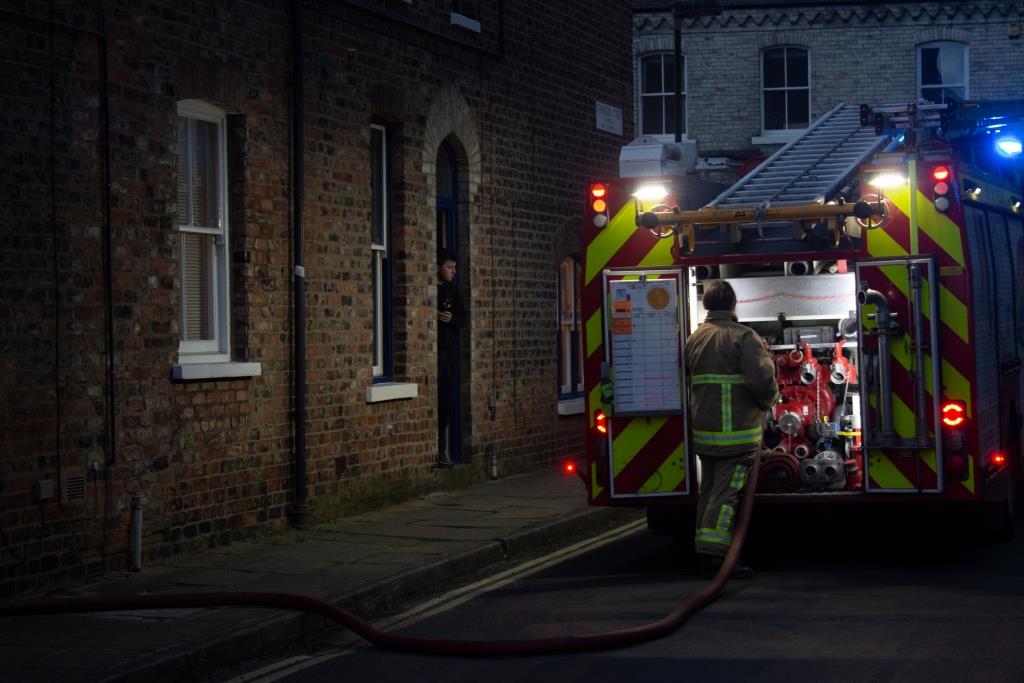After much discussion and debate in Westminster, The Fire Safety Act finally received Royal Assent in April this year. Initially driven by the Grenfell Tower disaster, the new Act closes loopholes in the previous legislation, mainly whether fire safety legislation only applied to the common parts of multi-occupied residential buildings but not entrance doors to individual flats that open into common parts or the structure and external walls, including cladding, balconies and windows.
It also creates a ‘responsible person’ role, which will be responsible for assessing and mitigating the fire safety risk associated with those parts of the building. Where it is found the building owner is not compliant, fire and rescue services will be tasked to take enforcement action and hold them to account. A further series of regulations, including recommendations from the Hackitt report, are to be made under the new Act with further detail of requirements alongside the new Building Safety Bill, which will also increase responsibility and accountability. Amongst other measures, a new public office of Building Safety Regulator has also been created to provide oversight of the competence and performance of building control professionals.
The Fine Details
While all the details of the new technical and construction requirements are yet to be finalised, one way to make buildings safer immediately is remote monitoring. Remote fire alarm monitoring is not as widely employed as, for example, intruder monitoring because it is generally expected that occupiers will be alerted by the sounder. Remote fire monitoring is ideal for retail and commercial property, usually unoccupied while closed, but it also provides another layer of protection for student and housing association property and in other situations where there could be delay before someone on site raises the alarm. Given the cost of the investment in a modern fire detection system, the addition of remote monitoring is relatively modest when life preservation and damage control is considered. Valuable data about the fire, such as its precise location and pattern of spread, can assist the emergency service in directing their efforts before arrival.
Remote Fire Alarm Monitoring
Secure multi-path communications systems provide a stable method for signalling and Alarm Receiving Centre escalation processes means that verification and a fire service response, where appropriate, can be delivered quickly and effectively. While a fire detection system will not prevent a fire from starting, risk to life and damage to property can be minimised if the activation is communicated directly to a monitoring control room. Remote CCTV, where available, can also provide a useful verification tool. The result has been growth in the number of monitored fire systems, a trend which is likely to continue as the new Fire Safety legislation imposes increasing responsibility on site owners and managers.
For more information about Bold fire monitoring solutions, Contact Us or call +44 (0) 1392 364777


